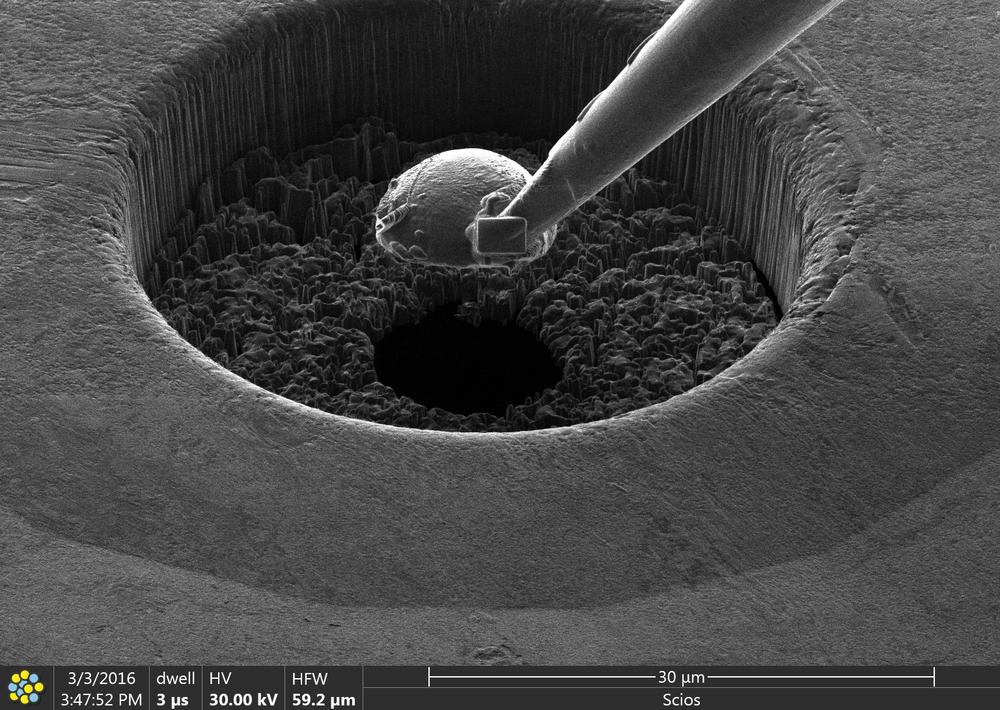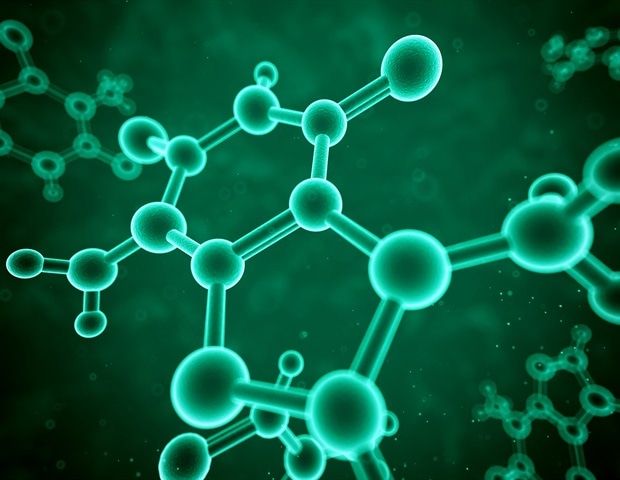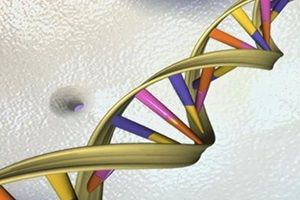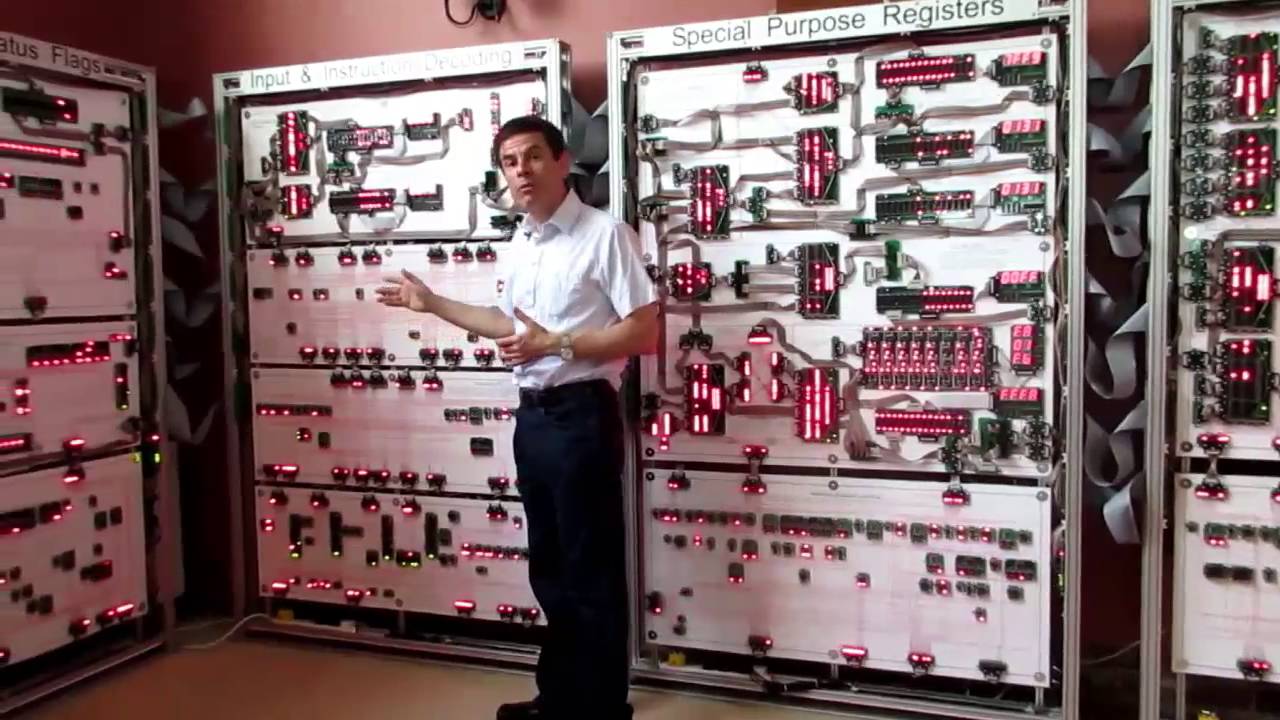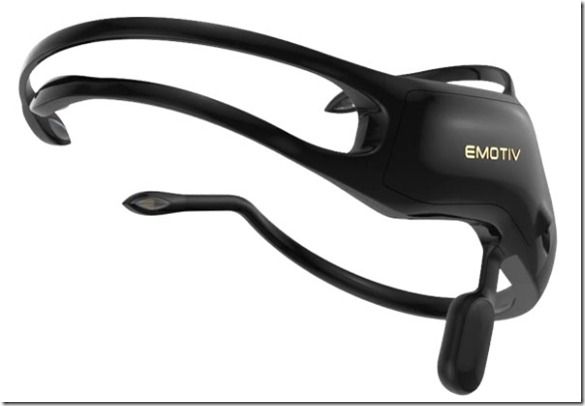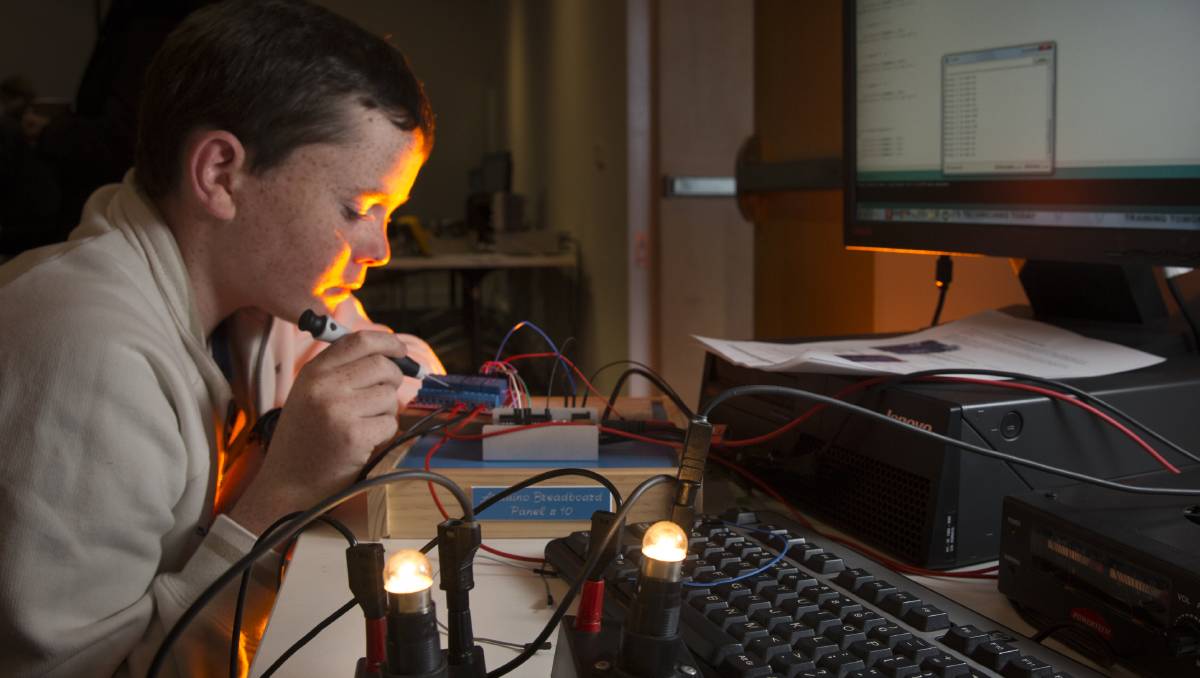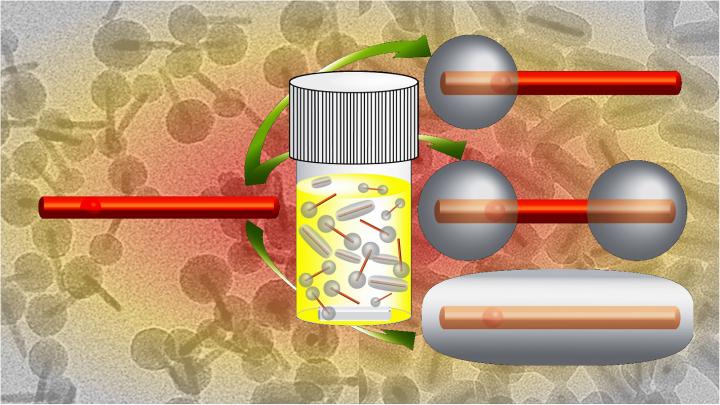Jul 11, 2016
‘Nano scalpel’ allows structuring of samples with nanometre precision
Posted by Karen Hurst in categories: biological, nanotechnology
A new “nano scalpel” enables scientists at DESY to prepare samples or materials with nanometre precision while following the process with a scanning electron microscope. The Focused Ion Beam, or FIB, microscope which has now gone into service also allows a detailed view of the inner structure of materials. The device was purchased by the University of Bayreuth, as part of a joint research project on the DESY campus funded by the Federal Ministry of Research. The FIB will be operated at the DESY NanoLab jointly with the University of Bayreuth.
“The microscope is not only able to examine microscopic defects, cracks or point-like corrosion sites underneath the surfaces of materials, but also to machine the surface of samples with extremely high precision, on a nanometre scale,” explains Maxim Bykov, project scientist from the University of Bayreuth. A nanometre is a millionth of a millimetre. The ion beam can be used to remove material as though it were a microscopic milling machine; as a result, the combined ion beam and electron microscope is particularly interesting for a wide range of applications in nanotechnology, materials science and biology.
“Apart from examining the structure of materials, the ability of the ion beam to remove material also leads to a wide range of different applications,” says Natalia Dubrovinskaia who is a professor at the University of Bayreuth and in charge of the joint research project (No. 05K13WC3). One example is the preparation of tiny diamond anvils, which are used to hold samples during ultra high-pressure experiments. The diamonds used for this are so small that there is no other way of preparing them. The ion beam microscope allows so-called double-staged diamond anvil cells to be prepared with nanometre precision. The ultra high-pressure experiments are carried out at DESY’s Extreme Conditions Beamline (ECB) P02.2, headed by DESY scientist Hanns-Peter Liermann.
Continue reading “‘Nano scalpel’ allows structuring of samples with nanometre precision” »
